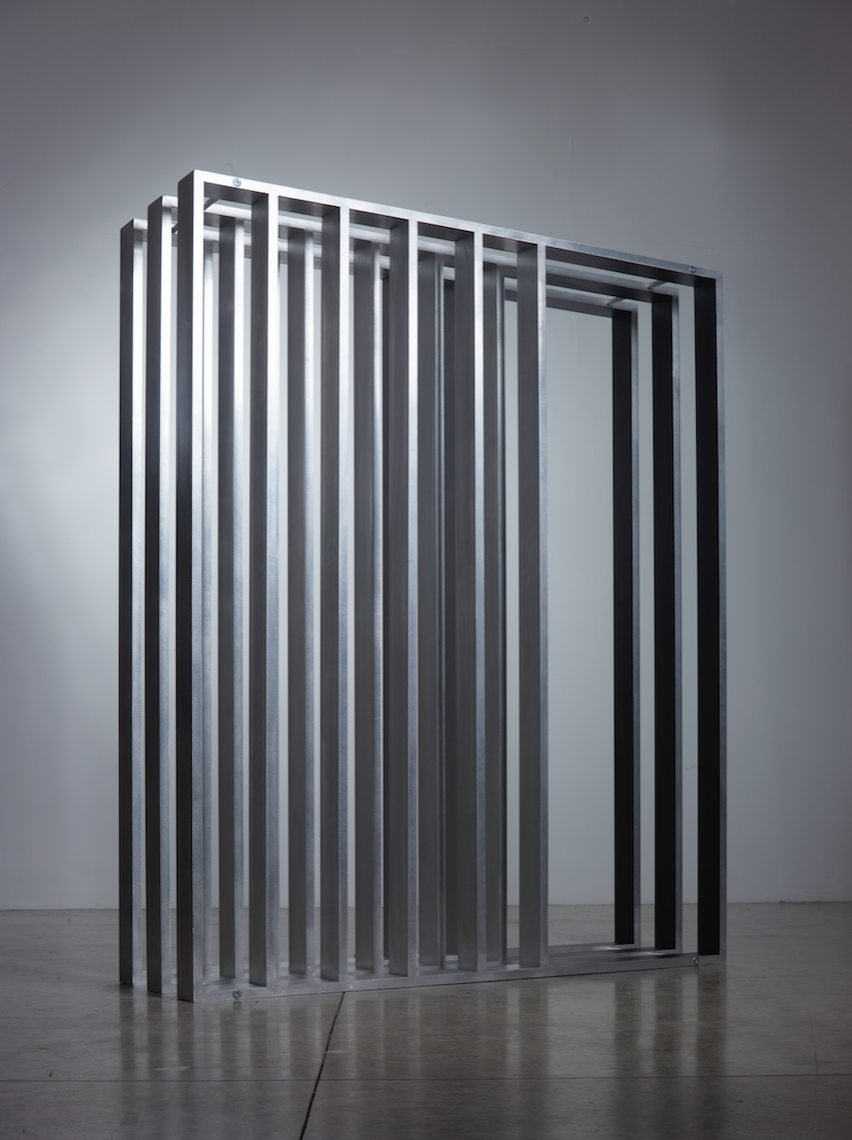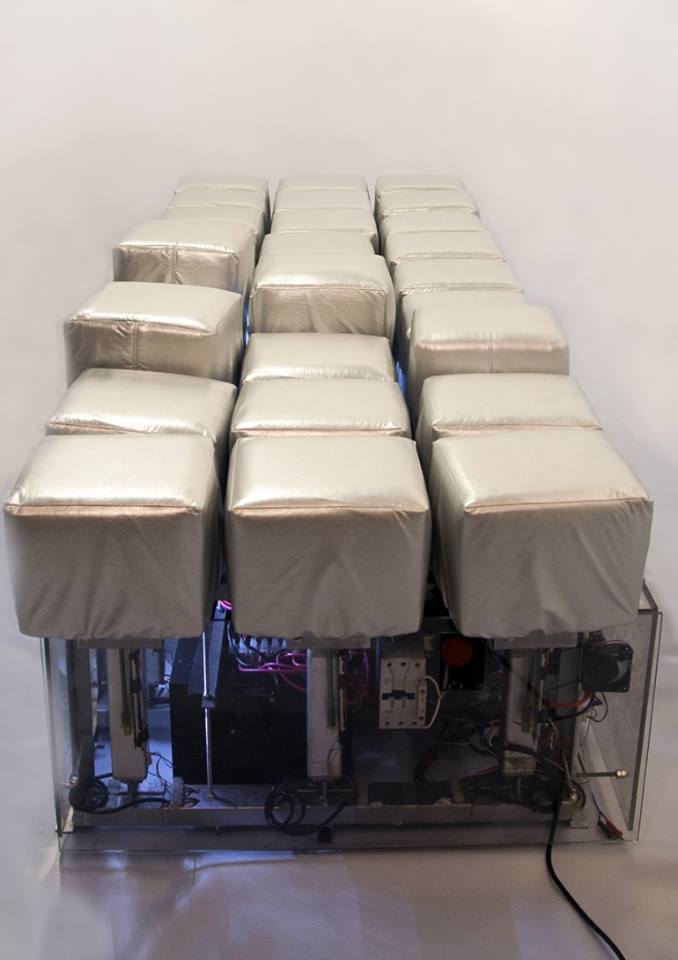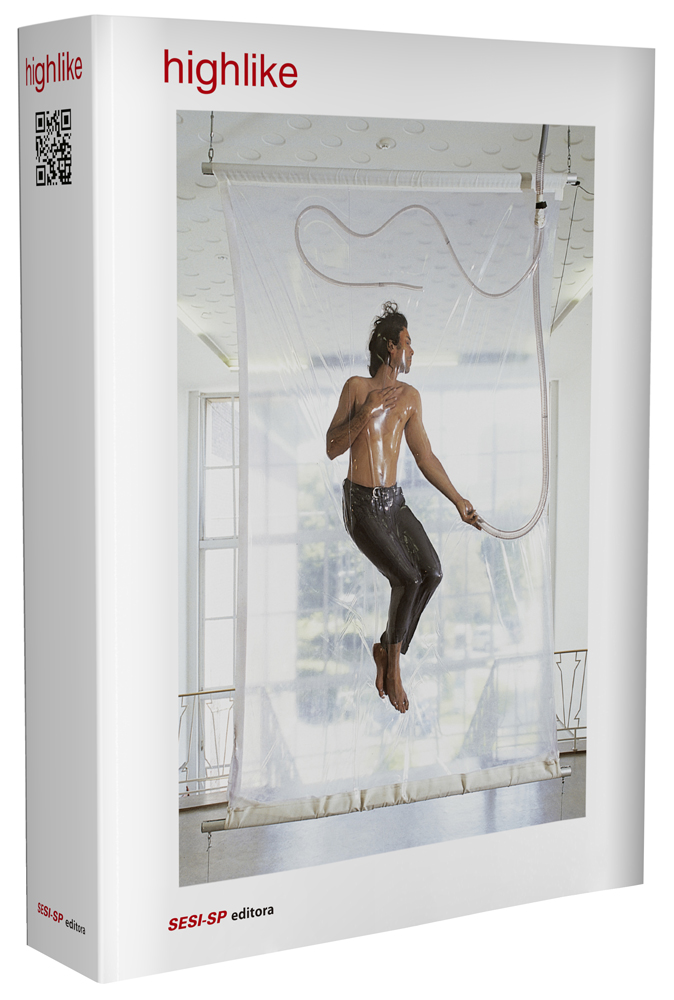
Denis Villeneuve
“Arrival’s narrative plays out in four languages: English, Mandarin, Russian and Heptapod. Though they are not spoken in the film, we learn that Louise is also fluent in Farsi, Sanskrit and Portuguese (and possibly others). The language learning process and the growing translingual bond between Louise and the heptapods forms the film’s narrative arc and the majority of its plot. Thus language, and specifically the mechanics of ←215 | 216→multilingualism, is Arrival’s central theme. Within this context, the ability to communicate across language barriers is an asset, and the flexibility to navigate new linguistic challenges is invaluable. The heptapods are pure science fiction, but serve a powerful metaphorical function. As Emily Alder (2016) writes in The Conversation, “ultimately, Arrival is less about communicating with the aliens than with each other – internationally but also individually […] The film’s message is that difference is not about body shape or colour but language, culture and ways of thinking. It’s not about erasing that difference but communicating through it”. Gemma King
.
语言学习过程以及路易丝与七足动物之间越来越多的跨语言联系形成了电影的叙事弧线和大部分情节。 因此,语言,尤其是←215的机制| 216→使用多种语言是到达中心的主题
.
Процесс изучения языка и растущая межъязыковая связь между Луизой и гептаподами составляют повествовательную дугу фильма и большую часть его сюжета. Таким образом, язык и, в частности, механика ← 215 | 216 → многоязычие – центральная тема Арривала.








